Designed and created by John Sibert
Description and statement copyedited by Shelby Chikazawa
Play, design, discover
Tempo is a set of tools and systems designed to facilitate non-verbal communication between people on the autism spectrum. The project began with a desire to highlight the power of visual communication and creativity, and researching tools and resources available to the autism community. Along that path I was introduced to designers and thinkers like Temple Grandin and Steve Silberman whose ideas about empathic design and neurodiversity sparked the inspiration for Tempo.
Users take turns adding layers to collaborative pieces of art. The rules, color pallets, and auditory input are modular.
It is currently in alpha user testing. The prototypes are created using laser cut recycled cardboard.
Designing for neurodiversity
“Neurodiversity upends conventional thinking about autism and suggests a broader model for acceptance, understanding, and full participation in society for people who think differently”
— Steve Siblberman
A shift in perspective
As we enter the information age, we are confronted with diverse challenges arising from the relationships between humans and technology. Simultaneously, the discord between humans and the natural world is growing in a de-stabilizing environment. We need a new lens to see and overcome these challenges. The voices of human beings who have atypical empathy for non-human beings, like those on the autism spectrum, are essential to humanity's understanding.
Tempo celebrates the expression of those who think differently by providing affordable and effective tools for non-verbal communication.
Collaborating with the community
I began my primary research by interviewing local members of the autism community in Savannah, GA while I was a volunteer art therapist at The Matthew Reardon Center. I began doing weekly art therapy sessions with a group of 16 kids, aged 6-17, and 6 teachers. We spent six months learning, creating art, and building friendships. Mr. Austin leading his class through art therapy exercises using the tempo framework in one of the final sessions in Savannah.
Exploring research frameworks
I was given total freedom to be creative and have fun with the students. Music was essential to our process and I looked forward to showing the class a new playlist every week. We played with non-newtonian fluids, tried out water colors, and got experimental.
The largest challenge in designing these activities was the diversity in students’ abilities and comprehension levels. Consequently, there are very few resources for teachers who want to explore subjects off the beaten path.
Designing tools for creative teachers became my main objective. The first tool I designed was a diagnostic booklet in which artists do activities in a coloring book. While leading this exercise I payed attention to student abilities in flexible thinking, turn taking, and sharing.
Testing insights
Structure is essential to creativity. Without guidelines and direction, chaos ensues. While chaos is the mother of freedom, fruitful creativity requires a more disciplined approach. Broad simple rules are a more accessible approach to user interaction design. Flexible interpretations of rules result in weirder, freer, and ultimately more fun expressions of play.
Common interest creates connection
Those on the autism spectrum often are intensely interested in specific subjects. Many take great joy in learning about their areas of interest. Given the choice, many students on the spectrum will only want to talk about what they're interested in. Learning becomes much easier if you can creatively relate the subject matter to their interests.
Infinite play
While testing Tempo with fellow designers we realized that the experience needed more game elements to be engaging for a wider audience.
We were inspired by Exquisite Corpse and Mad Libs. These games have no winners or losers, and can be played with endless variation. The rule set for Tempo evolved. Four ingredients: humans, music, rules, and tools combine to create each session of Tempo. Each ingredient can be different, but the structure of turn taking and layering remain the same.
Ideas as layers
One unexpected use of Tempo was as an ideation tool. Designers can draw a sketch, trade papers to detail another's basic sketch, and finally render a collaborative concept between 3 individuals. Endless design drills are possible and seeing a sketch you started finished by others is fascinating. Often designers ideate and conceptualize separately, but here 3 designers use Tempo to sketch concepts for blades collaboratively.
Accessible Production
Tempo's effectiveness as a teaching aid will be determined by how affordable it is, as education is often underfunded world wide.
Laser cutting provides the possibility for a decentralized production system in which libraries and schools with laser cutters can download templates to create their own custom sets using recycled materials.
To be continued...
Currently materials for more robust prototypes are being explored. Stay tuned for updates.
